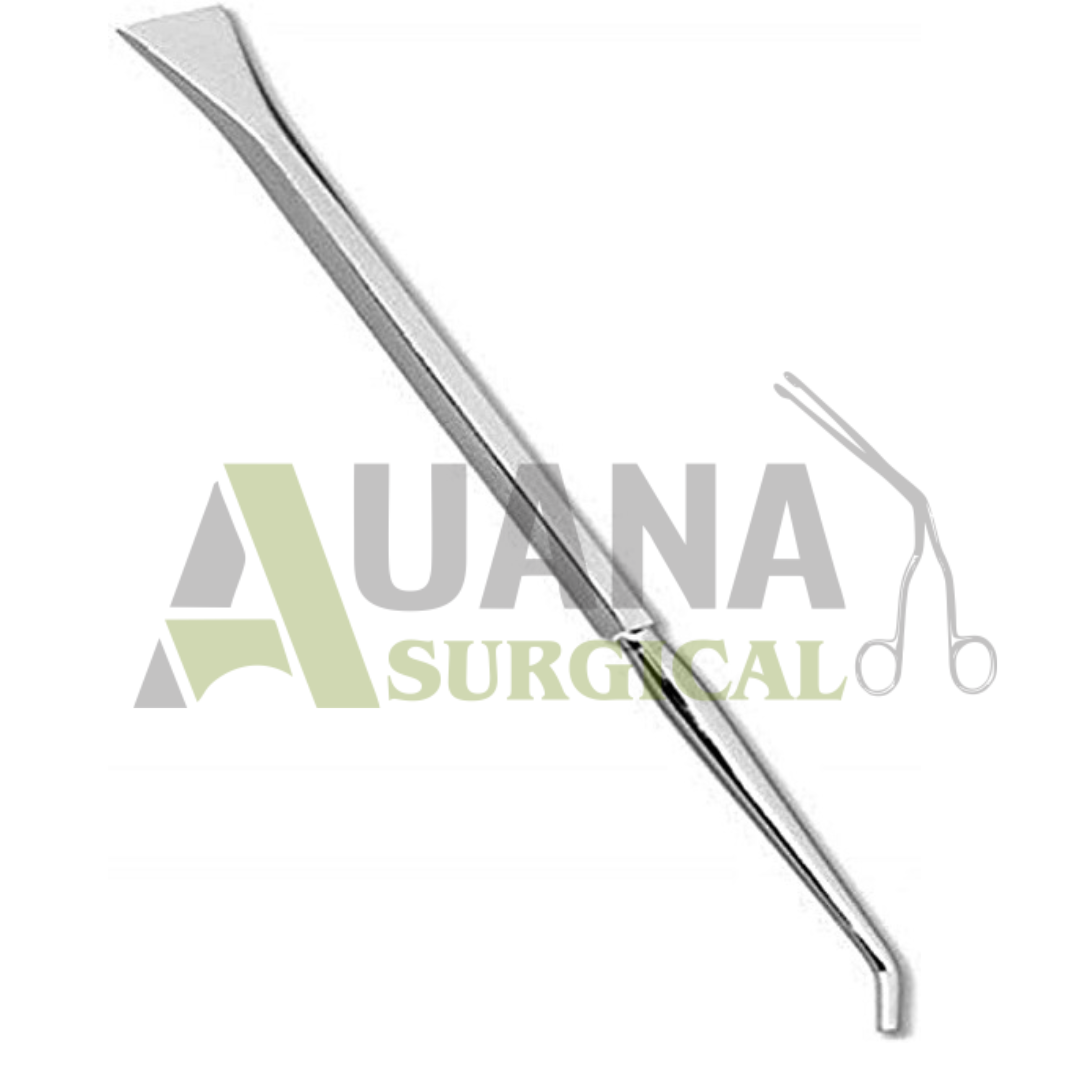Description
Double-Ended Probe and Seeker
The Double-Ended Probe and Seeker is a versatile diagnostic and exploration instrument widely used in dermatology, ophthalmology, otolaryngology, and other medical specialties. Designed with precision and functionality in mind, it features two distinct working ends that allow clinicians to probe, explore, and retrieve foreign bodies with accuracy and minimal trauma.
Design and Features
-
Dual-Ended Construction: Combines two specialized tips in a single instrument for maximum versatility.
-
Angular Semi-Blunt Tip: Ideal for gentle palpation and tissue probing, reducing patient discomfort while allowing accurate assessment of abnormalities.
-
Straight Tapered Tip: Narrow, smooth design for targeted exploration of cavities, sinus tracts, wound beds, and foreign body retrieval.
-
Ergonomic Stainless Steel Build: Durable, reusable, corrosion-resistant, and easy to sterilize for consistent clinical performance.
Applications
-
Dermatology:
-
Assessment of skin lesions and margins
-
Exploration of subcutaneous abnormalities
-
Gentle probing of tissue texture
-
-
Ophthalmology:
-
Examination of eyelids, conjunctiva, and anterior segment
-
Precise manipulation in delicate ocular areas
-
-
Otolaryngology (ENT):
-
Evaluation of nasal passages, sinuses, and ear canals
-
Retrieval of foreign bodies or debris
-
-
General Clinical Use:
-
Wound exploration
-
Assessment of infection or obstruction
-
Assisting in minor surgical or outpatient procedures
-
Benefits
-
Combines two instruments in one, reducing the need for multiple tools.
-
Provides accurate, gentle exploration of delicate tissues.
-
Facilitates foreign body retrieval in hard-to-reach anatomical areas.
-
Enhances efficiency across multiple specialties.
-
Built for repeated sterilization and long-term use.
Maintenance
To ensure accuracy and patient safety, the probe and seeker should be carefully sterilized after each use. Proper maintenance preserves both the sharpness of the tapered end and the smooth contours of the semi-blunt tip.
Summary
The Double-Ended Probe and Seeker is an indispensable diagnostic and exploration tool that combines precision, versatility, and ease of use. With its semi-blunt angular tip for gentle palpation and a straight tapered tip for targeted probing, it serves as a reliable instrument across dermatology, ophthalmology, otolaryngology, and general clinical practice. Its ergonomic stainless steel design ensures durability and consistent performance, making it a vital addition to every healthcare professional’s diagnostic toolkit.









Reviews
There are no reviews yet.